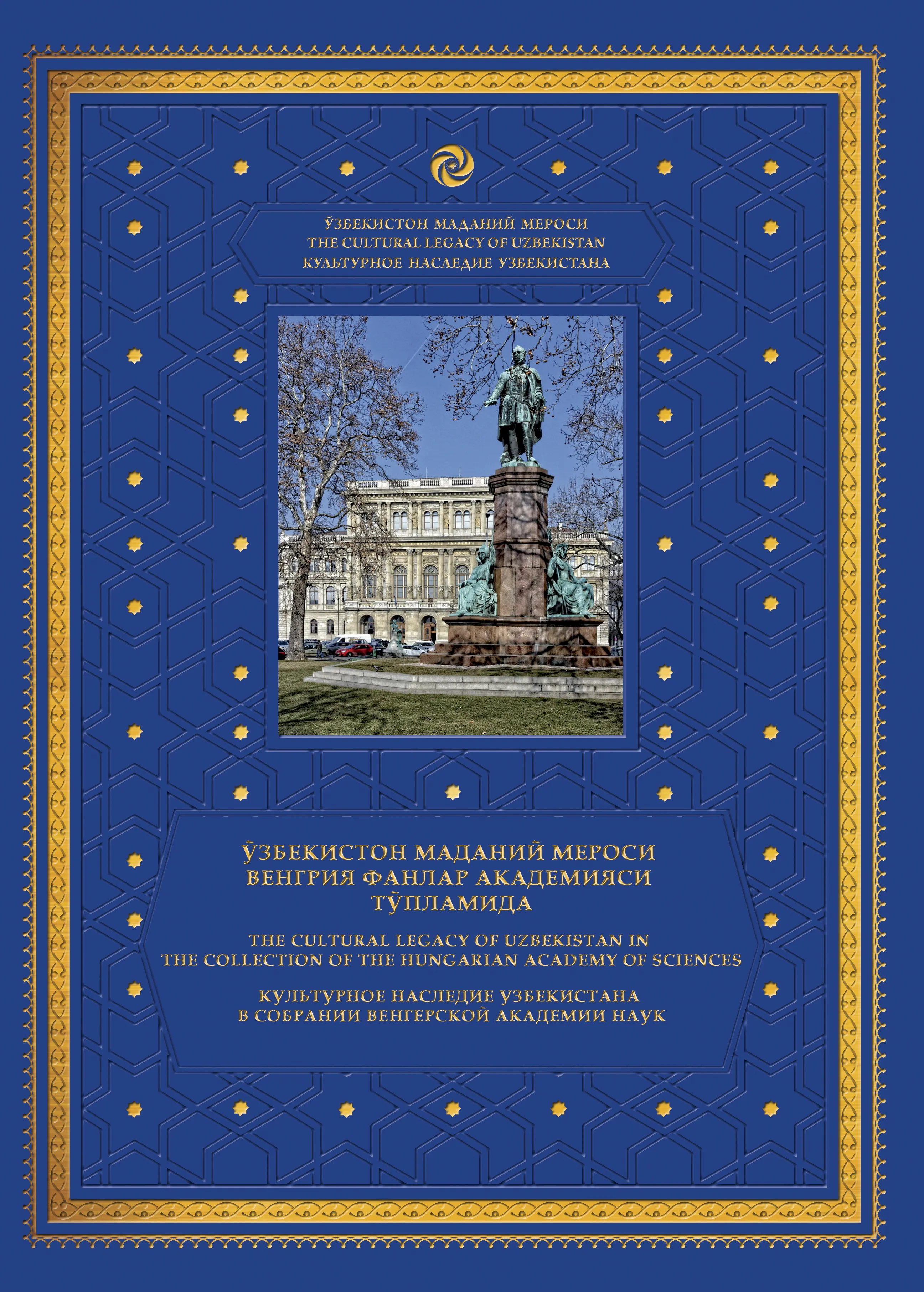THE CULTURAL LEGACY OF UZBEKISTAN IN THE COLLECTION OF THE HUNGARIAN ACADEMY OF SCIENCES
Description
Hungarian orientalist Arminius Vamberi, traveling in the middle of the 19th century in Uzbekistan, was struck by the similarity of the Hungarian and Chagatai (Old Uzbek) languages. He even put forward the theory that these languages belonged to the same group. In 1867, Vambery prepared and published the first textbook of the Chagatai language in Europe, which had a great influence on the subsequent study of Turkic languages in the West. He received huge help in his travels and linguistic research from a person named Mullah Ishaq from Khiva, who was Kungrat Uzbek by origin. He joined Vambery as a guide, and traveled with the Hungarian throughout Uzbekistan and further to Iran and Turkey. Subsequently, both went to Budapest, where Mullah Ishaq learned Hungarian, and from 1864 even began working in the library of the Hungarian Academy of Sciences. The fate of Vamberi and Mullah Ishaq can be learnt from the volume The Cultural Legacy of Uzbekistan in the Collection of the Hungarian Academy of Sciences, which also presents Old Uzbek and Persian manuscripts reflecting the cultural heritage of Uzbekistan stored in the Academy library. Most of these manuscripts are published for the first time.

